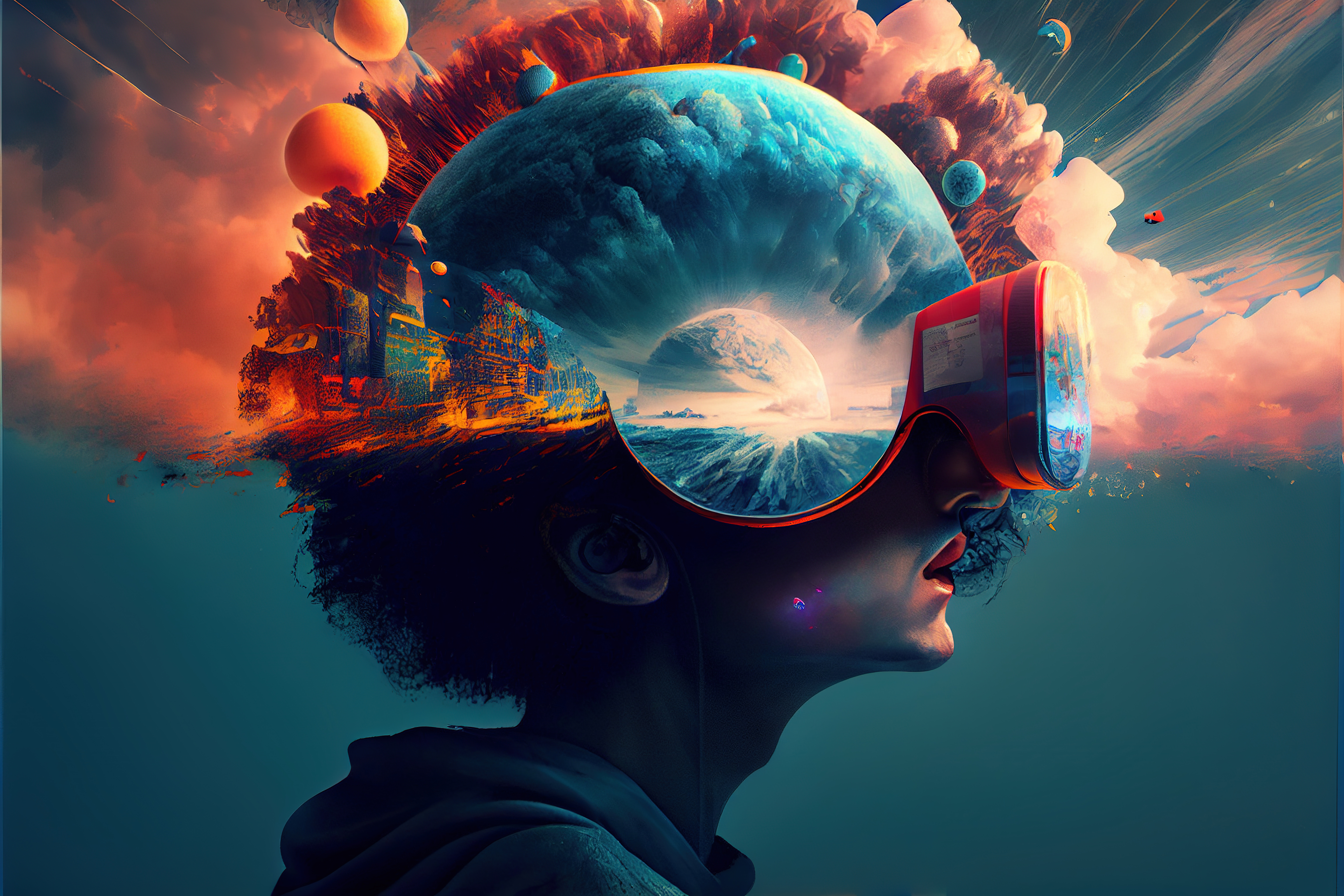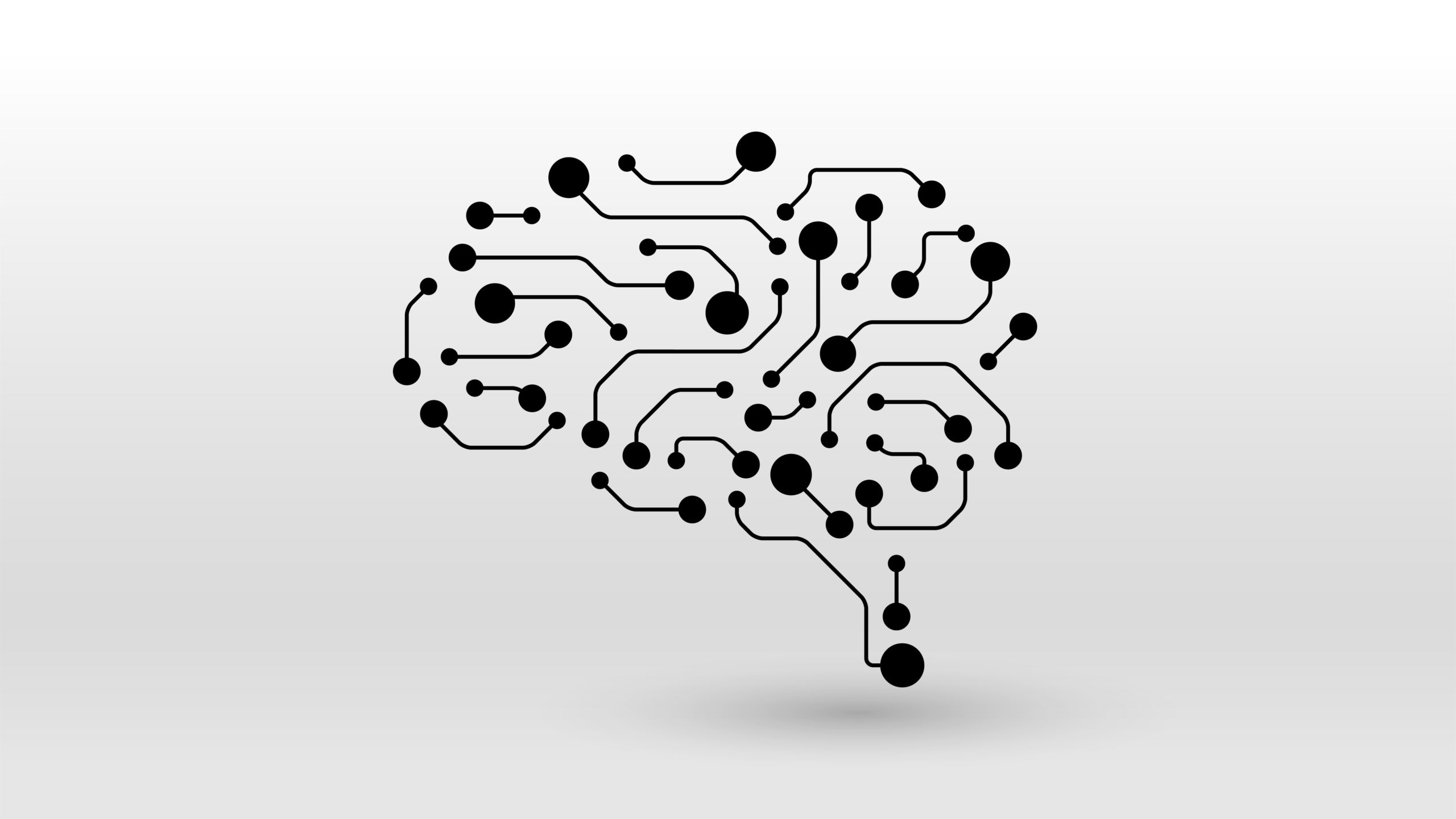Virtual reality (VR) technology generates a computer-simulated environment where users can interact with virtual objects and other people, through devices like VR headsets and controllers. A real estate company uses VR to offer virtual property tours. Prospective buyers can put on a VR headset and explore homes as if they were walking through them in real life, without having to visit the physical location. This enables buyers to make more informed decisions and saves time for both the customer and the company. For example, a real estate company could use VR to offer virtual property tours. Prospective buyers could put on a VR headset and explore homes as if they were walking through them in real life, without having to visit the location.
VR is characterized by its ability to enhance customer engagement, streamline product design, and lowering expenses. It offers immersive experiences that allow customers to interact with products or services in ways that are not possible through traditional media, fostering stronger engagement and insights from them. VR also enhances product design by enabling designers and engineers to visualize and interact with 3D models of products in a virtual environment before they are physically produced. Resultantly, this accelerates time-to-market and reduces costs. By minimizing the need for physical prototypes and enabling virtual testing, VR decreases the expenses associated with resources, manufacturing, and shipping in the early stages of product development.
When integrated with PIM systems, VR leverages its data to enable immersive, interactive 3D experiences for customers. As the centralizing system ensures that product information is always up to date, VR allows consumers to receive real-time updates instantly. Changes made to product specifications, pricing, or availability in PIM are automatically reflected in the computer-generated environment. This not only improves customer engagement and satisfaction but also reduces product returns by enabling customers to make more informed purchasing decisions based on realistic product representations. The immersive simulation can also offer a more personalized customer experience when combined with PIM, allowing consumers to customize products in real-time.

The future of digital retail holds immense potential, fueled by advancements that were once only the stuff of science fiction. Discover how ground-breaking technology is shaping the way that we shop online, and see how real-life brands are harnessing these advancements to provide better customer...
Learn more
ChatGPT is an exciting leap forward in artificial intelligence, but what does this innovative technology mean for the retail industry? And how can brands best utilize it to create compelling product experiences?
Learn more
Discover the key findings from our recently released survey of B2B industry leaders, uncovering the challenges and opportunities B2B organizations are facing today. From the increasing demand for B2C-like buying experiences to the complexities of managing product information and maintaining...
Learn more